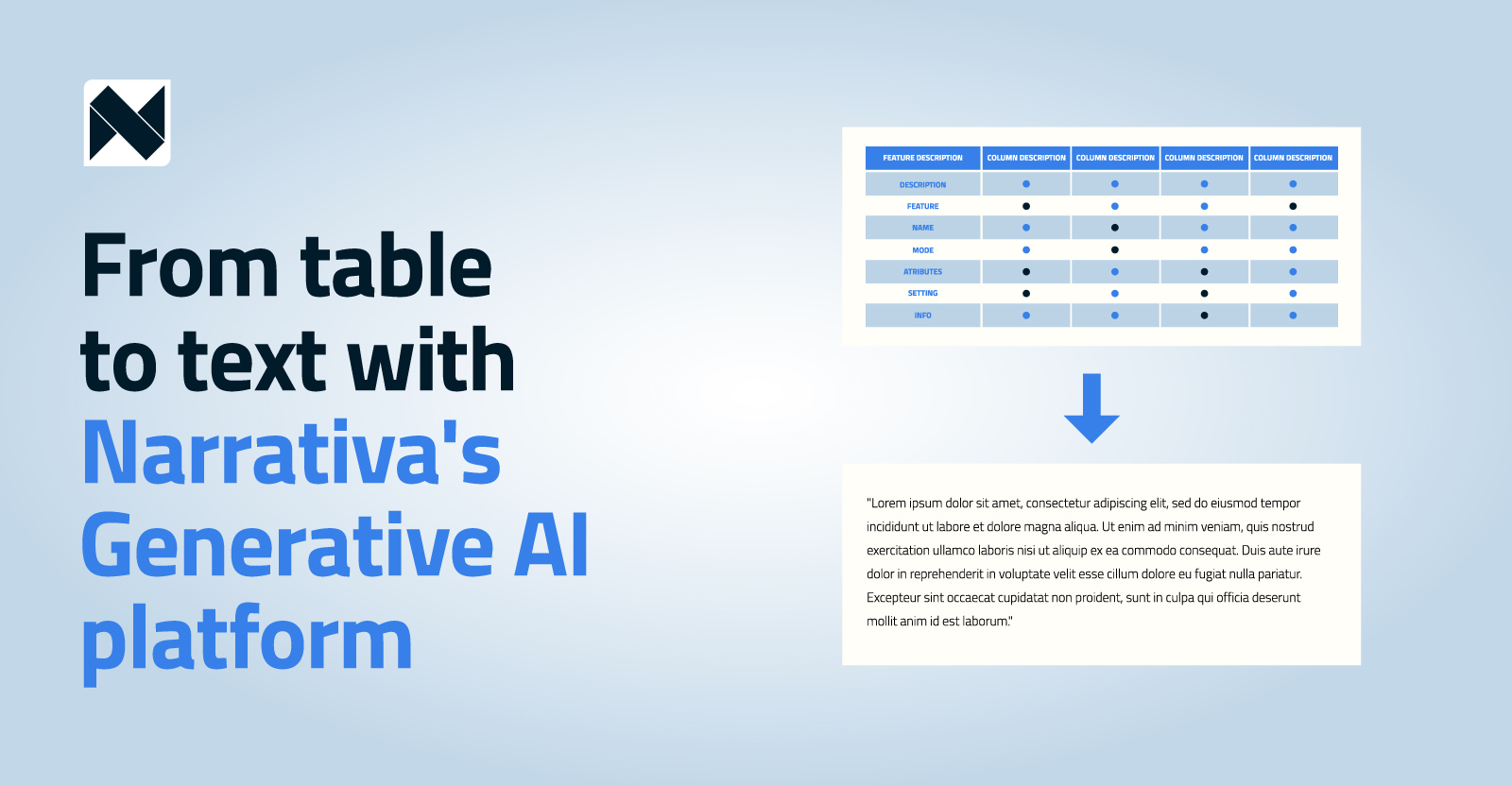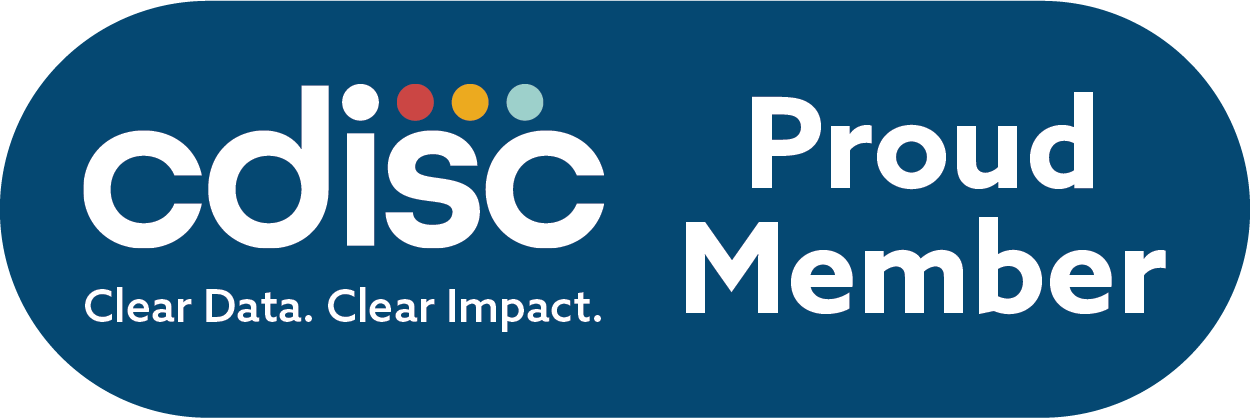February 21, 2024
Navigating the “Valley of Death” in the Life Sciences with Narrativa Generative AI

By Ehab Naim
The process of making treatments available to patients is not an easy feat. Currently, there is a significant gap between the research phase (bench) and the clinical phase (bed). In other words, the process of getting therapies from research to patients is lengthy and costly. This gap continues to widen for many reasons, like the high attrition rate in the number of developed medications, problems related to reproducing and translating preclinical research results in humans, improper data handling, financial and time constraints, and regulatory barriers. Artificial intelligence (AI) and its subsets, such as generative AI, offer great value that could help cut the cost, shorten the duration of getting working treatments from benchside to bedside, and overcome several other areas contributing to the delay in making therapies available to patients. Navigating the “Valley of Death” in the Life Sciences with Narrativa Generative AI.
Putting Things into Perspective
Current research highlights that there are thousands of diseases that affect humans. The number of identified conditions dwarfs the number of currently available treatments to address illnesses. In this context, the National Institutes of Health (NIH) mentions that of the identified 7,000 rare and neglected diseases, we only have treatments for around 500 of them. Basically, there are treatments for approximately 7% of these identified conditions. Unlike other areas that do not influence people directly, the impact of diseases extends beyond the individual to their family and society as a whole.
There are many reasons behind the widening divide between the number of diseases and available treatments. Researchers indicate that even with increased expenditure and efforts by organizations like the NIH, little to no progress has been made to bridge the gap. This requires optimizing the process itself, like improving the molecule screening process, trial design, documentation efficiency and consistency, and several other factors.
Next stop: The “Valley of Death”
While the title of this section could sound melodramatic, it is every bit true. Many researchers have discussed the “Valley of Death” phenomenon, but why is it termed as such? Only 0.1% of therapeutics make it from preclinical research stages to human trials. The main issue is that it does not end there!
The process of getting a new treatment from the testing phases to the market is long. It usually takes around 13 years (or sometimes, even more). Moreover, the NIH highlights that 80-90% of researched molecules fail before they reach the human testing phase. Given that a medication makes it to the human trial stage, 95% of these treatments fail during clinical testing stages. At that, around half of experimental treatments fail in Phase III trials. All these numbers, not to mention the associated costs, (which are in the billions of dollars and increasing every year), make it very difficult for pharmaceutical and biotech companies to develop treatments for diseases. Preparing the regulatory documents to have them ready for agencies, such as the Food and Drug Administration (FDA), is another story that drives potential treatments and medications to the “Valley of Death”.
Generative AI and Its Potential to Get Treatments Past the “Valley of Death” and Beyond
Generative AI is a subset of artificial intelligence that has been proven to add significant value across multiple phases of the process involving getting medications from benchside to bedside. In this context, exploring potential therapeutic agents is challenging, as many investigated treatments lack effectiveness and safety that can’t be fully realized in the preclinical stages.
With generative AI, the molecule screening and optimization processes are conducted more efficiently, resulting in more robust outcomes within a short period of time. This is because generative AI can handle, process, and analyze a large corpus of input data and deliver results with ease and speed. Other uses of generative AI and related technologies in expediting the process of making treatments available to patients sooner is in the clinical research settings. Here, screening and recruitment are sped up by assisting researchers in finding suitable candidates for the investigated treatments.
Generative AI solutions can greatly supplement efforts all around. With this technology, pharmaceutical and biotech companies can generate regulatory documents consistently, rapidly, and accurately to avoid potential regulatory delays or rejection due to insufficient or inaccurate regulatory documentation.
When these technologies are implemented across various stages, from molecule research to submission and obtaining marketing authorization, significant savings in terms of money, time, and effort are achieved.
Navigate the “Valley of Death” with Ease
Narrativa is a leading generative AI company that hosts its own platform that empowers life sciences companies to support their medical writers, biostatisticians, statistical programmers, and other stakeholders involved in clinical research documentation overcome regulatory barriers by automating many time-consuming, redundant tasks that do not require significant human input.
Narrativa has a growing pipeline of tools and solutions that automate the creation of Tables, Listings, and Figures (TLFs), patient narratives, and clinical study reports (CSRs). In addition, Narrativa offers an automated redaction solution to help companies maintain the privacy of their study participants’ data as well as their own commercially confidential information. All of this is done through our platform without the need for any coding experience.
Our growing portfolio of business partners includes prominent organizations in the life sciences sphere, like TCS, the Leukemia & Lymphoma Society, Rett Syndrome Research Trust, Asphalion, and many others.
We are constantly approached by pharmaceutical, biotech, and clinical research organizations to help them navigate and automate various portions of the regulatory documentation process. If you have a challenging aspect you want to tackle, talk to us!
Schedule a demo call now to see how our solutions can help you accelerate the potential of your company and overcome the challenges with generative AI.
About Narrativa
Narrativa is an internationally recognized generative AI content company that believes people and artificial intelligence are better together. Through its proprietary content automation platform, teams of all types and sizes are empowered to build and deploy smart composition, business intelligence reporting, and process optimization content solutions for internal and external audiences alike.
Its tech stack, consisting of data extraction, data analysis, natural language processing (NLP), and natural language generation (NLG) tools, all seamlessly work together to produce content quickly and at scale. In this way, Narrativa supports the growth of businesses across a variety of industries, while also saving them both time and money. Accelerate the potential with Narrativa.
Contact us to learn more about our solutions!
Share







